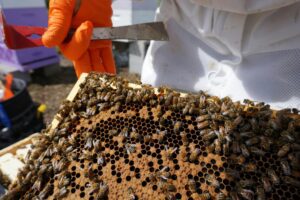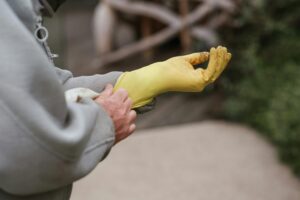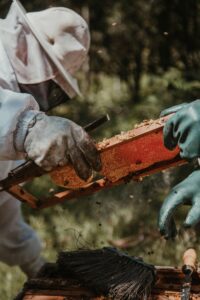Maintaining a Flow Hive effectively is crucial for ensuring the health and productivity of your bee colony. Apiculture, or beekeeping, involves a range of practices designed to support the well-being of bees while maximizing honey production. In this article, we’ll explore eight essential Flow Hive maintenance tips that every beekeeper should follow. From regular inspections and pest management to proper ventilation and detailed record-keeping, these tips will help you create a thriving environment for your bees and achieve successful honey harvests.
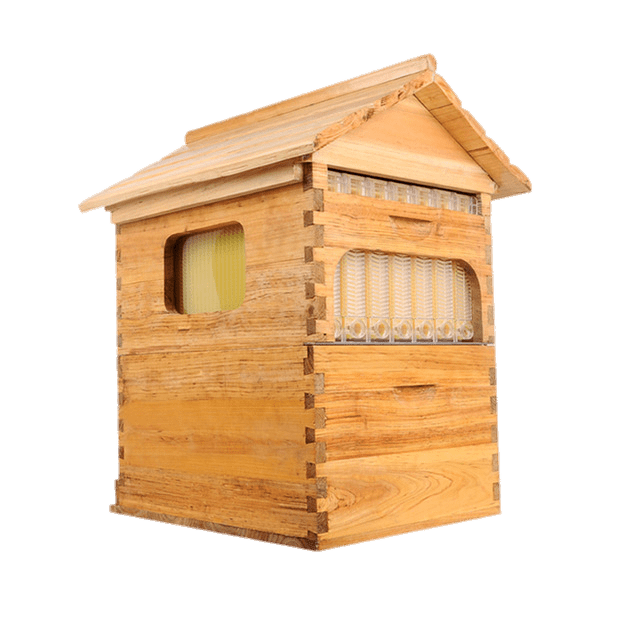
Table of Contents
1. Regular Hive Inspections
Frequency of Inspections
Conducting regular inspections of your flow hive is crucial for maintaining hive health and productivity. Aim to inspect your hive every 7-10 days during the active season. This frequency allows you to monitor the colony’s condition, check for pests or diseases, and ensure the queen is laying eggs properly. Regular inspections also help you stay ahead of potential problems and take corrective action promptly. By maintaining a consistent inspection schedule, you can prevent issues from escalating and ensure your bees remain healthy and productive.
What to Look For

During your inspections, look for signs of healthy brood patterns, sufficient food stores, and the presence of the queen. A healthy brood pattern will be compact and evenly distributed, with minimal empty cells. Sufficient food stores include both honey and pollen, which are crucial for the colony’s sustenance. Check for pests like Varroa mites, small hive beetles, and signs of diseases such as foulbrood. Also, observe the behavior of the bees; calm and industrious bees often indicate a healthy hive. Additionally, look for physical signs of the queen, such as her unique size and the presence of freshly laid eggs.
Tools and Equipment Needed
Ensure you have the right tools for hive inspections. Essential tools include a hive tool for prying apart frames, a smoker to calm the bees, a bee brush to gently move bees aside, and protective clothing to avoid stings. A notebook or hive inspection app can help you keep detailed records of each inspection. Having a queen catcher and marking pen can also be useful if you need to mark or temporarily isolate the queen. By having the proper tools, you can conduct thorough and efficient inspections, ensuring the well-being of your hive.
Inspecting Flow Hive Frames

Flow Hive frames have a unique design that allows for easy honey extraction without disturbing the bees. During inspections, carefully examine the frames to ensure they are functioning properly. Check for any cracks or damages to the plastic, as well as any buildup of wax or propolis that may block the honey flow channels. Clean the frames if necessary to maintain their efficiency. Regular inspection and maintenance of Flow Hive frames will ensure a smooth and successful honey harvest.
2. Monitoring for Pests and Diseases
Common Hive Pests
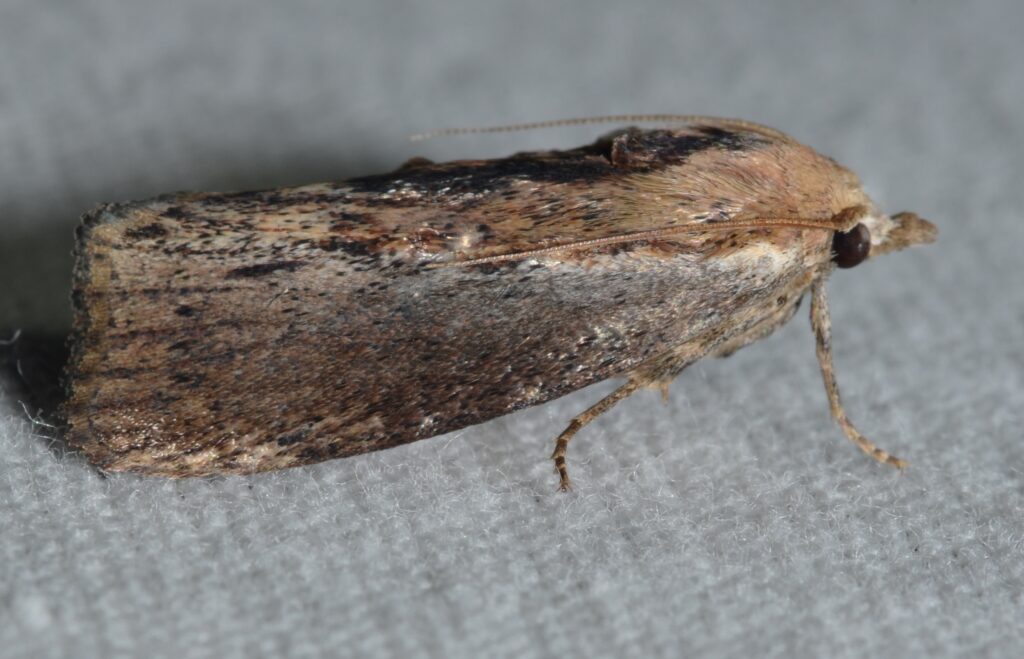
Pests like Varroa mites, small hive beetles, and wax moths can cause significant damage to your hive if left unchecked. Varroa mites, in particular, are a major threat as they weaken bees and transmit viruses. Small hive beetles can infest comb and honey, while wax moths can destroy comb structure. Regularly check for these pests during inspections by examining the brood, honey stores, and general hive environment. Implementing integrated pest management (IPM) strategies can help mitigate the impact of these pests.
Disease Identification
Beekeepers should familiarize themselves with common bee diseases such as American and European foulbrood, chalkbrood, and nosema. Recognizing the symptoms early can prevent widespread colony loss. Symptoms might include discolored or sunken brood cells, irregular brood patterns, or bees with visible deformities. Conduct regular brood inspections and monitor the general health of your colony to catch diseases early. Understanding the lifecycle and transmission methods of these diseases will help you implement effective prevention and treatment strategies.
Treatment and Prevention
Employ integrated pest management (IPM) strategies to keep your hive healthy. This might include mechanical controls like drone brood removal, biological controls such as introducing predatory mites, and chemical treatments when necessary. Always follow recommended guidelines to minimize harm to your bees and the environment. Regularly clean and sanitize your equipment to prevent the spread of pathogens. By staying proactive with treatment and prevention, you can maintain a healthy hive environment and reduce the impact of pests and diseases.
3. Ensuring Adequate Ventilation
Importance of Ventilation
Proper ventilation is essential to prevent moisture buildup and ensure a healthy environment inside the hive. Moisture can lead to mold growth and negatively affect bee health. It can also impact the quality of stored honey. Good ventilation helps regulate temperature and humidity levels, creating a more stable and comfortable environment for the bees. By ensuring proper airflow, you can prevent issues related to condensation and maintain a healthier hive.
Ventilation Techniques
To improve ventilation, ensure your hive is slightly tilted forward to allow condensation to escape. You can also add screened bottom boards and upper entrances to increase airflow. During hot weather, consider providing shade or using an inner cover with a ventilation notch. Ensuring proper spacing between frames can also enhance airflow within the hive. By implementing these techniques, you can maintain optimal ventilation, reducing the risk of moisture-related problems.
Signs of Poor Ventilation
Signs that your hive may need better ventilation include moldy comb, excessive condensation inside the hive, and bees bearding on the outside during hot weather. Bearding is when bees cluster outside the hive to regulate the internal temperature. Address these issues promptly to maintain hive health. Regular inspections can help you detect these signs early and take corrective action to improve ventilation. By staying vigilant, you can ensure a well-ventilated and healthy hive environment.
4. Harvesting Honey Properly
Timing Your Harvest
Knowing when to harvest honey is key to ensuring you get the best quality product without harming the bees. Wait until the honey frames are at least 80% capped. This indicates that the moisture content is low enough to prevent fermentation. Harvesting too early can result in honey that spoils quickly. By waiting for the right time, you ensure the honey is properly ripened and has the desired consistency and flavor.
Using the Flow Hive Mechanism
The Flow Hive system simplifies honey extraction, but it’s essential to use it correctly. Insert the Flow key into the Flow frames and turn it slowly to release the honey. Make sure to have a clean container ready to collect the honey as it flows out. This method reduces stress on the bees and preserves comb integrity. Ensure the hive is calm and the bees are not agitated before starting the extraction process. By following these steps, you can efficiently and effectively harvest honey while maintaining the health and well-being of your colony.
Cleaning Flow Hive Frames Post-Harvest
After harvesting, it’s important to clean the Flow Hive frames to maintain their efficiency. Rinse the frames with warm water to remove any remaining honey or debris. Avoid using harsh chemicals that could harm the bees or contaminate the honey. Regular cleaning prevents mold and bacterial growth, ensuring the frames are ready for the next honey flow. Proper post-harvest care ensures your hive is ready for continued productivity and reduces the risk of attracting pests or pathogens.
Post-Harvest Care
After harvesting, ensure the frames are cleaned and reset for future use. Check the hive for any signs of disturbance or damage caused during the harvest. It’s also a good time to inspect the overall health of the hive and replenish food stores if necessary. Clean the Flow frames with warm water to remove any residual honey and prevent mold growth. Proper post-harvest care ensures your hive is ready for continued productivity and reduces the risk of attracting pests or pathogens.
5. Winterizing Your Flow Hive
Preparing for Cold Weather
As winter approaches, it’s important to prepare your hive to withstand the cold. Reduce the hive entrance to prevent cold drafts and deter pests. Insulate the hive to help the bees maintain a stable internal temperature. Ensure there are enough food stores to last the winter. By preparing your hive for winter, you can help your bees survive the cold months and emerge strong and healthy in the spring. Read A Beginner’s Guide to Winter Bee Hive Wraps: 6 Steps to Protect Your Bees for an additional way to regulate hive temperature.
Managing Food Stores
During winter, bees rely on stored honey for survival. Ensure they have sufficient honey by weighing the hive or checking food stores during fall inspections. If necessary, provide supplemental feeding with fondant or sugar syrup to prevent starvation. Monitor the food stores throughout the winter and be prepared to add more if needed. Proper management of food stores is crucial for the survival and health of your colony during the winter months.
Reducing Hive Disturbances
Minimize hive disturbances during the winter months. Frequent checks can disrupt the bees and cause them to use more energy to reheat the hive. Perform essential checks quickly and efficiently to avoid prolonged exposure to cold. Ensure the hive is well-insulated and protected from wind and moisture. By reducing disturbances, you allow the bees to focus on maintaining the internal temperature and preserving their energy stores.
6. Cleaning and Maintenance of Hive Components
Cleaning Flow Frames
Flow frames need regular cleaning to maintain their efficiency. After honey extraction, rinse the frames with warm water to remove any remaining honey or debris. Avoid using harsh chemicals that could harm the bees or contaminate the honey. Regular cleaning prevents mold and bacterial growth, ensuring the frames are ready for the next honey flow. By keeping your Flow frames clean, you maintain the integrity and functionality of the extraction system.
Maintaining Hive Boxes and Covers
Inspect hive boxes, covers, and other components for signs of wear or damage. Repair or replace any parts as needed to maintain a secure and weatherproof hive. Regular maintenance extends the life of your equipment and ensures a safe environment for your bees. Check for cracks, warping, or other issues that could compromise the hive’s structure. Proper care and maintenance of your hive components contribute to the overall health and productivity of your colony.
Protecting Wooden Components
Treat wooden components with a natural preservative to protect them from the elements. Avoid using paints or treatments that could harm the bees. Proper care of wooden parts helps prevent rot and prolongs the life of your hive. Regularly inspect and re-treat the wood to maintain its protective properties. By protecting your wooden hive components, you ensure a durable and safe home for your bees.
7. Managing Hive Population
Preventing Overcrowding
Overcrowding in the hive can lead to swarming, which reduces your colony size and productivity. Monitor hive population levels and add additional boxes or split hives when necessary. Providing adequate space helps prevent swarming and ensures the colony has room to grow. Regularly inspect the hive to gauge the population and take proactive measures to manage it. By preventing overcrowding, you maintain a balanced and productive hive.
Encouraging Population Growth
In the early spring, encourage population growth to ensure a strong workforce for the honey flow. Provide supplemental feeding if natural food sources are scarce and ensure the queen has plenty of space to lay eggs. A strong population is crucial for maximizing honey production and maintaining hive health. By fostering population growth at the right time, you prepare your colony for the demands of the active season.
Balancing Hive Strength
If you manage multiple hives, it’s important to balance the strength of each hive. Equalize populations by transferring frames of brood, bees, or resources between hives as needed. This helps prevent some hives from becoming too weak or too strong. Balancing hive strength ensures all colonies are healthy and productive. Regularly assess and adjust hive populations to maintain a balanced apiary.
8. Recording and Analyzing Hive Data
Importance of Record Keeping
Keeping detailed records of hive inspections, maintenance, and observations is essential for effective hive management. Records help you track hive health, identify patterns, and make informed decisions about hive care. Documenting each inspection allows you to monitor changes over time and address issues promptly. Detailed records also provide valuable insights for future beekeeping practices.
Using Hive Management Software
Consider using hive management software to streamline record keeping. These tools allow you to log inspections, track hive performance, and analyze data trends. Digital records are easy to update and access, making hive management more efficient. Many software options offer features such as weather tracking, pest management logs, and hive health analytics. Utilizing hive management software helps you stay organized and informed.
Analyzing Hive Performance
Regularly review your hive records to assess performance and identify any issues. Look for trends in hive health, productivity, and pest management. Use this data to adjust your management practices and improve overall hive health and productivity. Analyzing hive performance helps you make data-driven decisions and optimize your beekeeping practices. By continuously monitoring and evaluating your hive data, you can ensure the long-term success and sustainability of your apiary.
Additional Resources
Honey Bee Brochure from the USDA
Hive Frames: 10 Proven Factors to Consider When Selecting
Conclusion
By implementing these eight essential Flow Hive maintenance tips, you can significantly enhance the health and productivity of your bee colony. Regular inspections, effective pest and disease management, and proper ventilation are fundamental aspects of apiculture. Additionally, maintaining hive components, managing population levels, and keeping detailed records will ensure the long-term success and sustainability of your hive. Embrace these best practices to create a thriving apicultural environment, leading to bountiful honey harvests and a robust bee colony. Your dedication to maintaining your Flow Hive will pay off in healthier bees and more abundant honey production.

